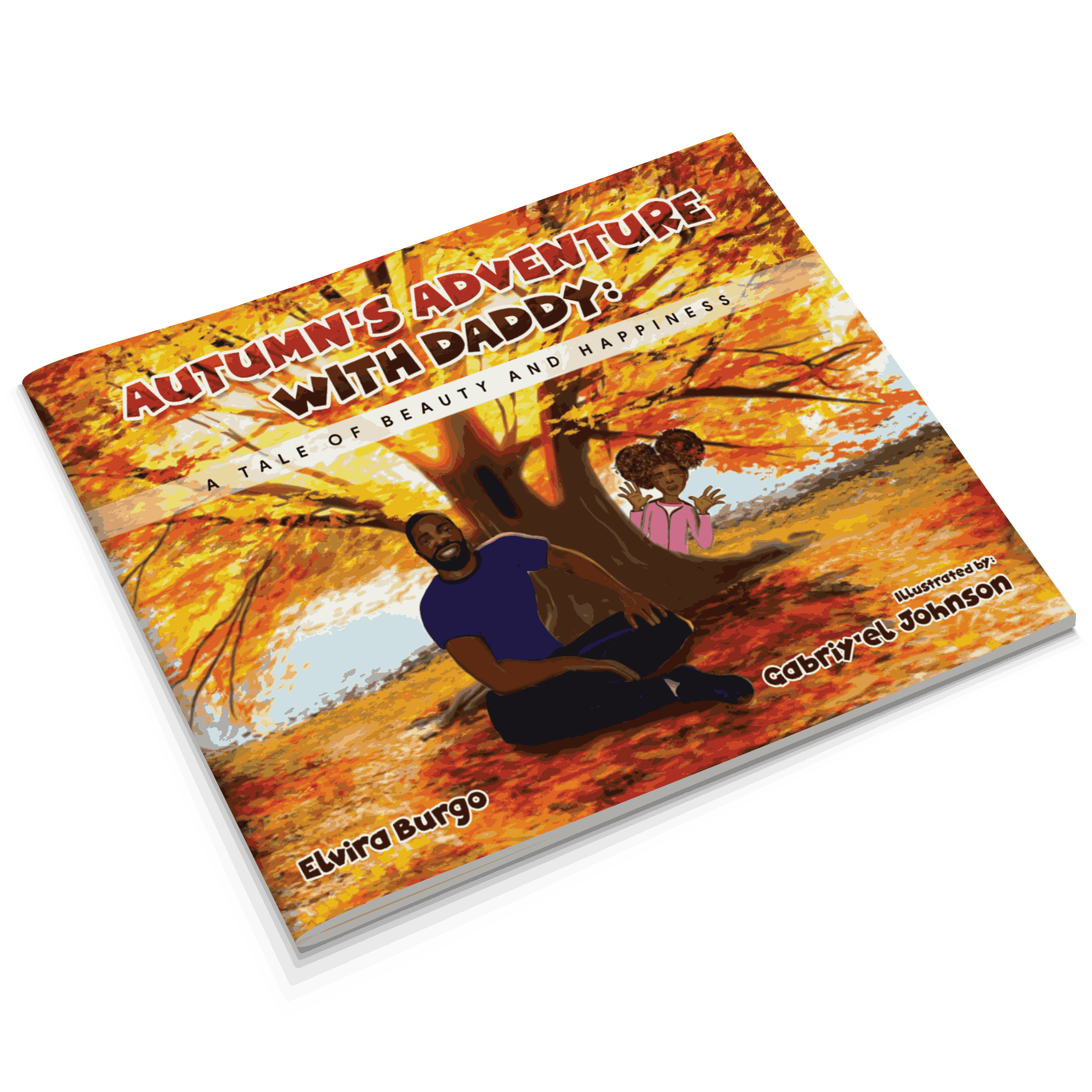The Writing Process
Would you believe me if I told you I disliked writing in college? Yes, I did. (It’s surprising even to me).
I avoided writing as much as possible but couldn’t get around it because many courses entailed writing. Maybe it was the mechanics of writing I despised or the red marks and feedback I received in elementary school. And so, if you asked me long ago what I would be doing now, writing would not have been an answer.
Creative writing is a different story altogether.
I now enjoy writing because I get to create and use my imagination. I’m totally in a zone of my own and love it.
Creativity is only a tiny fraction of writing, however. Writing is a process that takes much effort, deep concentration, and many hours. And it has to be something one enjoys.
I’ve often told my students that even great authors go over their work many times over. Writing involves steps. In the classroom, this is what the process looks like.
The Writing Process
1. Prewriting
This is where a student plans, chooses a topic, organizes facts and ideas
2. Drafting
It’s putting ideas together in paragraph form
3. Revising
It involves reviewing and making changes to improve the draft
4. Editing
Correct spelling and grammar, making sure each sentence makes sense
5. Publishing
The student writes a final copy (of the corrected writing) and shares the writing with readers
Writing is necessary…
I share my experience and the writing process with you because writing is a necessary skill, a part of life, and a form of literacy. Like math, some individuals dislike writing. With effort, one can improve and become good at it. It’s essential that children especially understand this.
More importantly, INTEREST has to be present.
Here’s how to help your child enjoy writing.
Strategies to Help Your Child Like Writing
1. Make it fun. It is a good idea to have your child act out a story before writing it. This builds interest.
2. Provide interesting writing supplies (gel pens, markers, unique pens, and small and sizeable colored paper).
3. Give your child a choice about what to write about. This is very important.
4. Encourage your child to tell a story aloud (oral storytelling). That was the beginning of my becoming a writer, and I didn’t even know it.
5. Help your child take attention off punctuation, spelling, and handwriting from the beginning.
6. Have your child dictate a story while you write it down. This relieves writing pressure.
7. Your child can draw pictures of the story and read it to you afterward. You may discover an illustrator or artist in the process.
8. If your child has much anxiety over writing, seek professional help (therapy). You will be given additional tips and strategies and won’t feel alone.
9. Be enthusiastic about your child’s writing, even if you feel frustrated with the process.
10. Collaborate on a story together. The child won’t feel alone writing.
11. Consult passionate and creative teachers. They are amazing.
Writing is a passion.
Writing is a passion I spend hours on, and I am happy doing it.
Your child’s passion may also be writing.
We have to know how to identify and reach that child writer. Every child has a gift; it is up to you, the parent, and others to discover and nurture it.
Something to think about…
What are your thoughts on writing?
Is there something you disliked doing but became good at? What made you persist?
What advice would you give to someone who may be struggling with writing?
Thanks for reading,
Elvira

